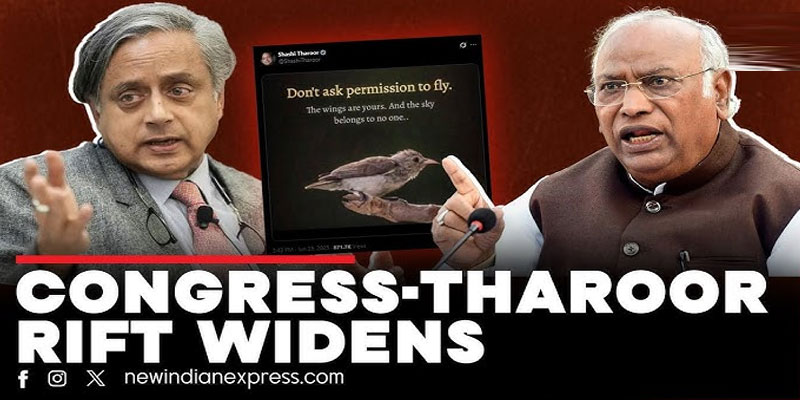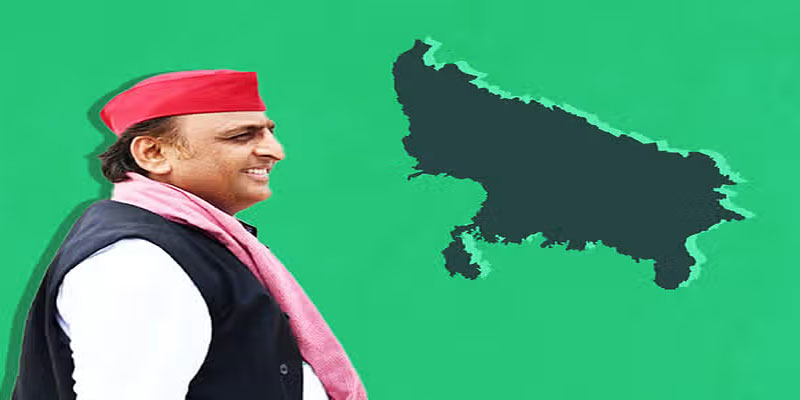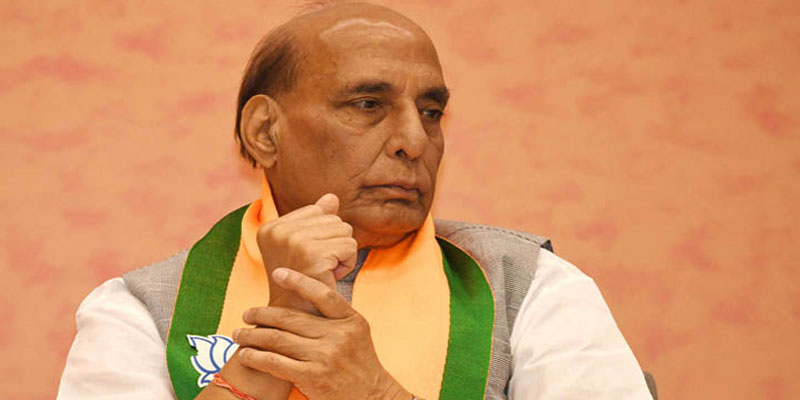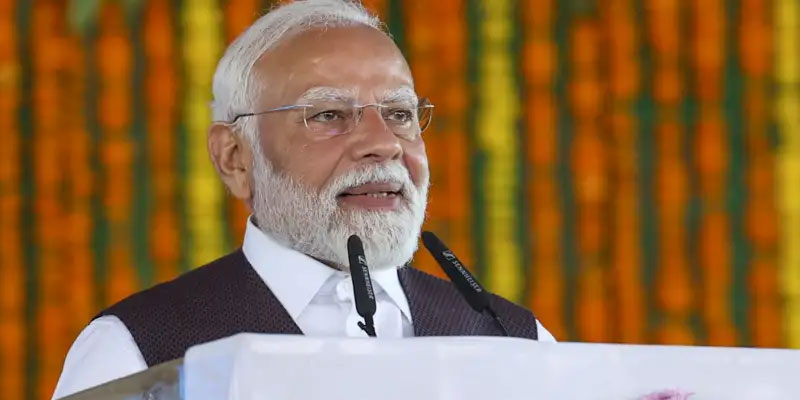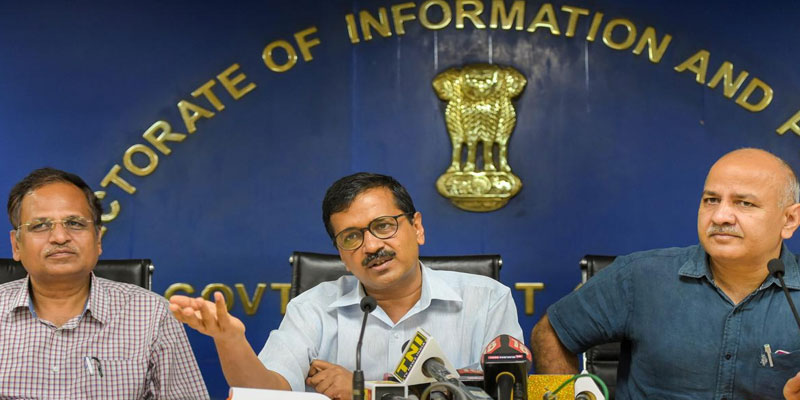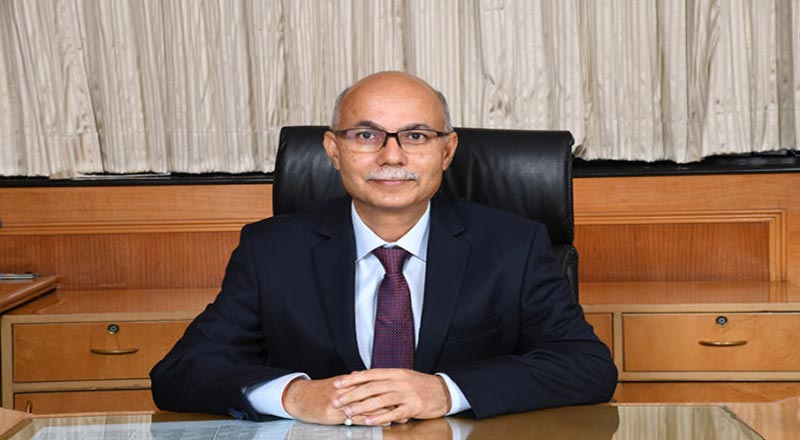A Masterpiece in Sand: Honoring an Era
Sudarshan Patnaik created the story of Modi with sand, giving an artistic identity to the Prime Minister’s 11-year-long tenure. In a striking tribute, Patnaik crafted a six-foot-high sand sculpture of Narendra Modi, using five tonnes of sand and the hands of budding artists from his institute. This isn’t just art—it’s a chronicle of a political era carved on a beach, titled boldly as “Journey to Developed India.”
The Artist and His Canvas
Sudarshan Patnaik, India’s globally acclaimed sand artist, is known for transforming the shifting sands of Odisha’s beaches into powerful visual stories. Whether it’s global issues or national pride, his ephemeral yet impactful sculptures capture attention. His tribute to PM Modi is more than just admiration—it’s a reflection of how art meets politics, vision meets execution.
Modi’s 11 Years: A Nation Transformed?
Narendra Modi’s journey as Prime Minister began in May 2014. Over 11 years and three terms, his governance has sparked both celebration and controversy. Patnaik’s artwork outlines key initiatives: Jan Dhan Yojana, Digital India, PM Kisan Samman Nidhi, Vishwakarma Yojana, Mudra Yojana, Make in India, National Education Policy-2020, UPI, and Operation Sindoor—a recent military rescue that resonated deeply with national sentiment.
Under Modi, India has seen substantial growth in infrastructure—new highways, airports, metro networks, and semi-high-speed trains have reshaped mobility. Digital connectivity has surged, thanks to initiatives like UPI and Digital India, transforming how Indians transact and communicate. Social schemes have attempted to reach the grassroots, with varying success.
Yet, the journey has had its trials. The implementation of demonetization in 2016 and the nationwide lockdown during the COVID-19 pandemic left deep economic and social scars. Critics point to increased polarization, the shrinking space for dissent, and challenges to institutional independence.
On the global stage, however, India has gained visibility—hosting G20, pushing for Global South representation, and asserting its voice on climate and security. Defense policies have grown more assertive, symbolized by cross-border operations and Operation Sindoor.
A Nation in Reflection
Sudarshan Patnaik’s tribute is more than a sculpture—it’s a mirror held to a nation’s path under a leader who has dominated headlines for over a decade. It invites celebration, reflection, and debate.
As the sand shifts with the tides, so does the legacy of any leader. But in this moment, etched on a beach in Odisha, stands a snapshot of India’s aspirations and contradictions. The art may fade with the wind, but the message it carries—a decade of transformation, ambition, and challenge—remains carved in the public consciousness.
Sand, Time, and Legacy
“Art doesn’t just celebrate power—it questions it, records it, and gives it form,” Patnaik once said. His latest creation is not just a salute to leadership—it’s a symbol of a nation still sculpting its identity. As India walks into its future, it must carry the lessons of the past 11 years—not in stone, but in sand, where every grain counts.
(With agency inputs)







